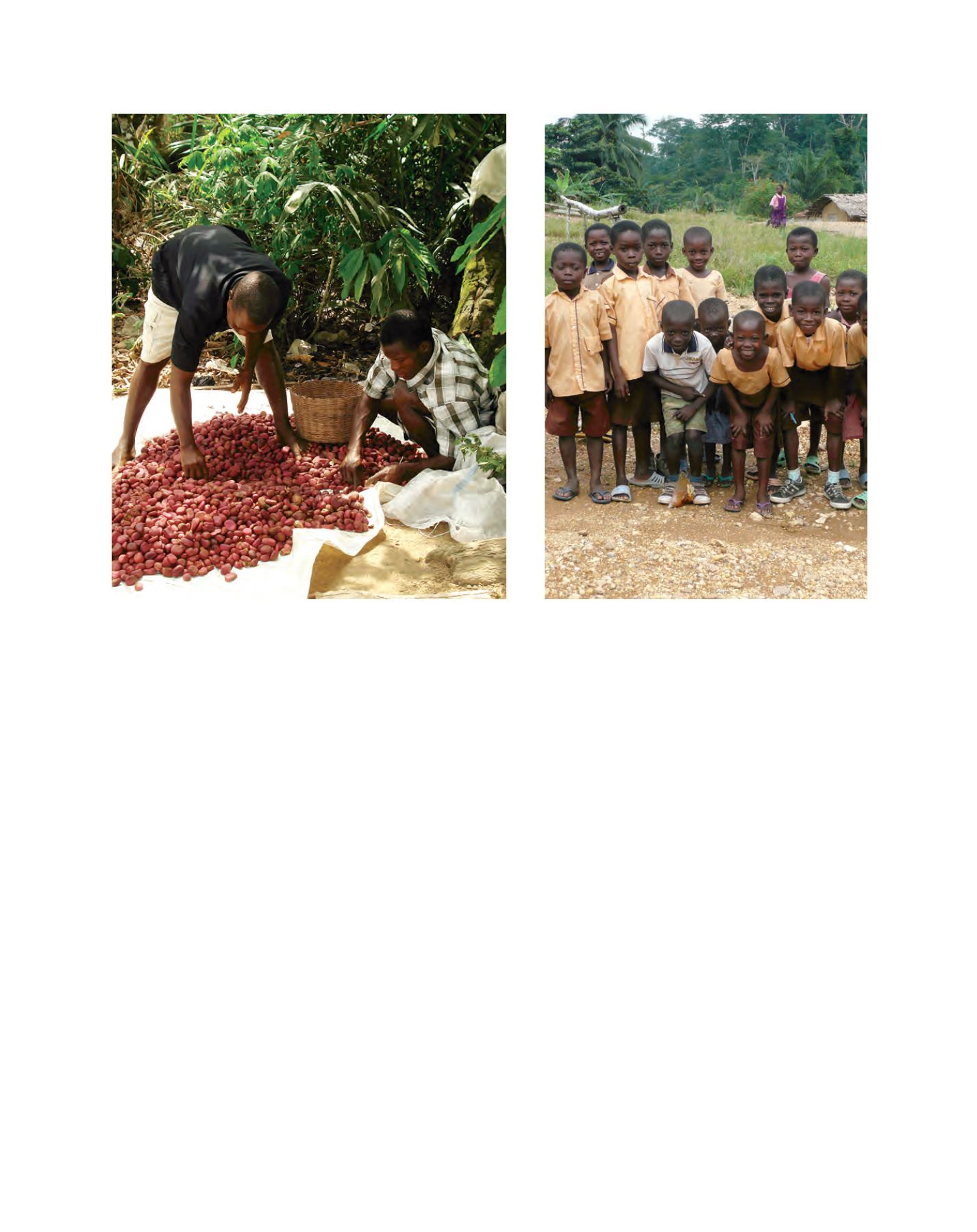

[
] 258
Government foresters with local knowledge and priorities. Local
communities are carrying out forest regeneration projects, result-
ing in improvements in forest structure, quality and function.
There are other positive outcomes. A permit for harvesting timber
has been secured – the first to be issued in more than 20 years – and a
new system of harvesting fuelwood has been established. Community-
based cooperatives are being set up to develop the market potential of
forest goods and services, with the aim of increasing and diversifying
local livelihoods in the long term.
Scaling up
In a landmark result indicating the influence LLS has had in catalys-
ing transformative change beyond the working landscapes, IUCN
was delighted to hear in August that the party secretary of Beijing
Municipal Government has recommended to the Beijing Municipal
Parks and Forestry Bureau that a scaling-up plan be devised, follow-
ing the Miyun model.
LLS is consistent with our work elsewhere on promoting and
facilitating community-based, locally-controlled forests, which we
see as key to sustainable forestry reaching its global objectives. At
IUCN, with our partners, we have been working on many varied
examples of this and in many cases we have found that, in address-
ing the issues of local rights and tenure of forested landscapes, it
is often small, subtle changes that can unleash wide-scale, positive
transformation.
In the area around Mount Elgon in Uganda, for example, we
worked with the local community and partners and authorities
on locally developed land-use by-laws, which went on to gain
Government recognition and approval. This resulted
in multiple benefits, including significantly increased
agricultural yields, decreased soil erosion and reduced
sedimentation. It also reduced tensions between stake-
holders and neighbouring communities.
These are just some of the many outcomes that IUCN
is proud to highlight from a very important year for
forests, all of them made possible through the invalu-
able contributions of IUCN’s members, partners and
Secretariat.
Keeping the focus on forests
Although 2011 was a globally celebrated year for forests,
of course every year is vital for the world’s forests. IUCN
will continue to build on its current success in the
conservation of the world’s forests and their enormous,
irreplaceable contribution to the survival of biodiversity
and human society.
Much work remains to be done and the potential is
truly enormous. We know, from our work with the
Global Partnership for Forest Landscape Restoration,
2
that the potential for working via innovative land-
scape restoration is truly enormous: more than 2
billion hectares have been identified worldwide. That
is approximately equivalent to an area twice the size
of Europe and represents a staggering opportunity for
forests and all of us who depend on them and benefit
from them.
Sorting cola nuts, Ghana
Children in Kamaso forest village, western Ghana
Image: IUCN/Samuel Kofi Nyame
Image: IUCN/Gill Shepherd
















